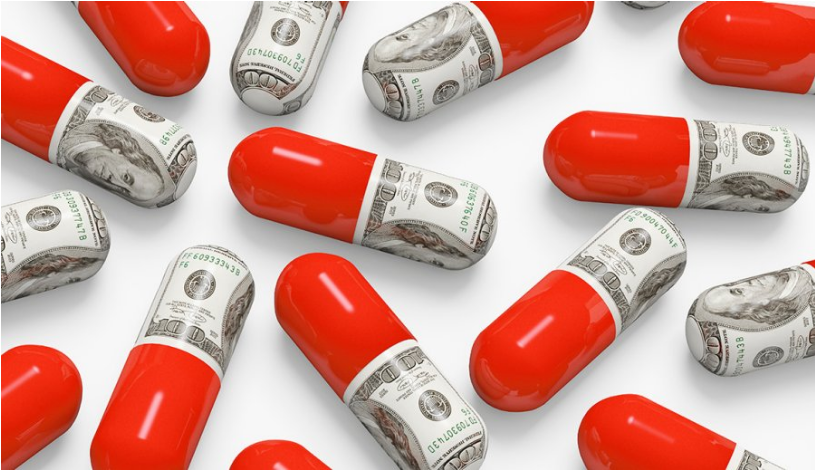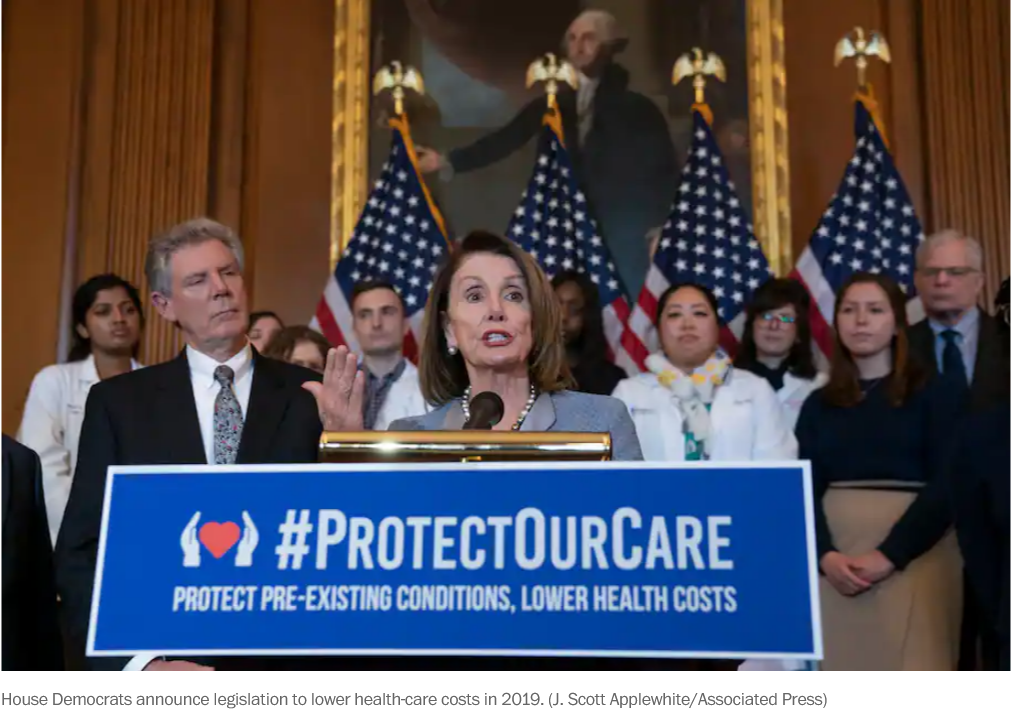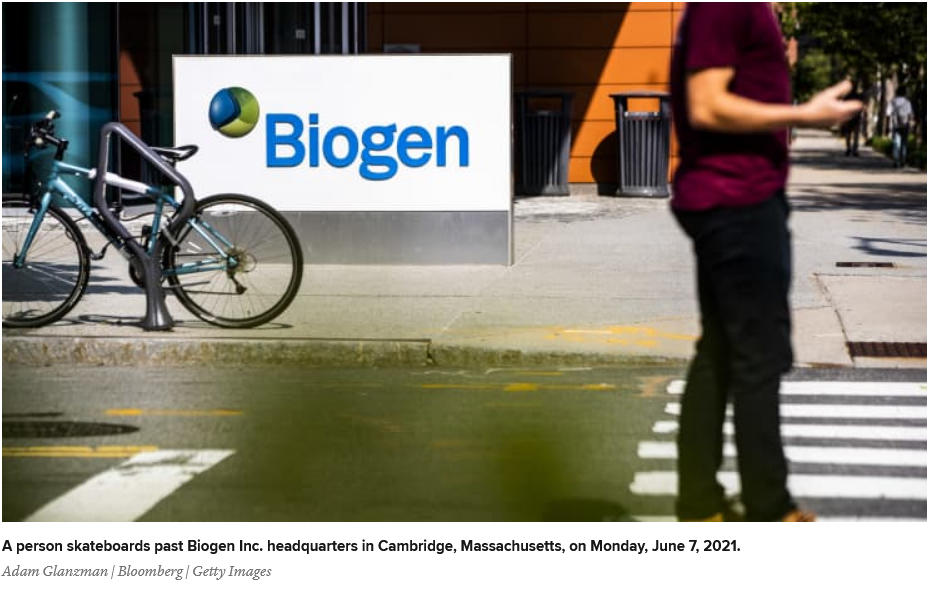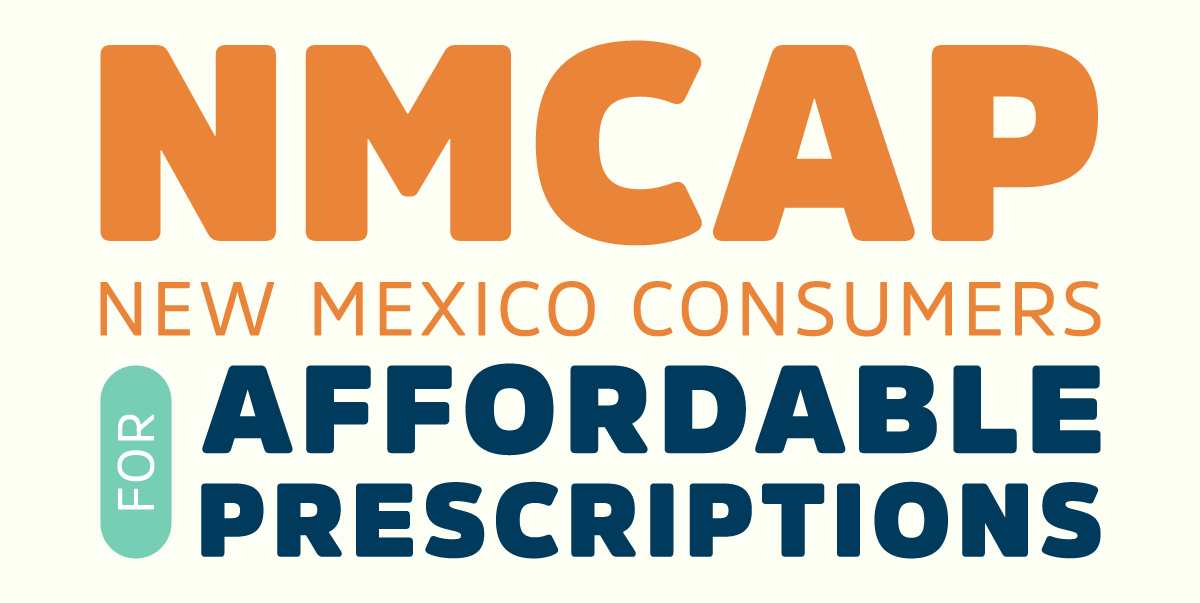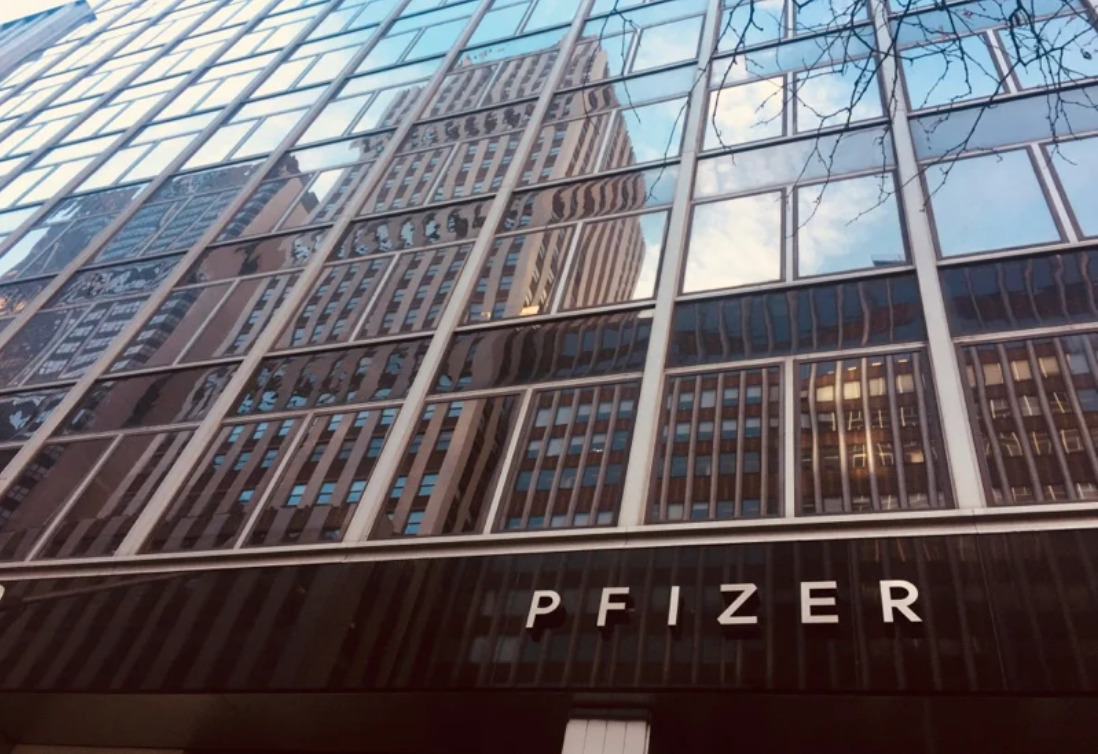By Ed Silverman
The 62-year-old real estate agent developed cataracts in both eyes many years ago and after surgery, developed aphakic glaucoma, which causes intraocular pressure to rise dramatically. Vaghar tried various medications, but only one — a decades-old eye drop called Phospholine Iodide — has been effective. But Pfizer (PFE), which is the only supplier, will soon stop distributing the product.
“I don’t have a natural lens in either eye, so I wear contacts to function and need this medicine,” said Vaghar, who lives in Newton, Mass. “I’ve tried many glaucoma drugs, but it’s the only one that seems to work for people who don’t have a lens in their eye and must keep the pressure down. And for those people who need it, they really need it. There are no alternatives. But Pfizer won’t budge.”
Aphakic glaucoma is an uncommon condition that can occur after the natural lens in the eye is removed as a result of cataract surgery, although very few people develop the problem. But for those who do, lowering the pressure in the eye is crucial, or patients are likely to lose their eyesight. Unfortunately, other glaucoma treatments on the market are often ineffective for this condition, according to ophthalmologists.
Vaghar and several other patients – in addition to parents of children who use the drops – have tried to convince Pfizer to reverse course, but so far their efforts have failed. Until recently, Pfizer declined to provide names of any manufacturing partners. Meanwhile, the patients enlisted physicians in hopes of locating another company willing to make the drops. But such a step would require regulatory approval, a challenging and time-consuming process. And time is not on their side.
“If this goes off the market, we’ll probably have to do surgery for some patients to control their pressure. This medicine is uniquely beneficial for this kind of glaucoma,” said David Walton, a Boston ophthalmologist who treats between 40 and 50 people with aphakic glaucoma, including children for whom it is a common cause of blindness.
“They’re scared and anxious and desperate. It’s a very intense concern. And you have a big, multi-national, multibillion-dollar company that arbitrarily says it won’t make it anymore. I think it’s understandable from a Pfizer perspective. But there are things Pfizer could do to look good – make more drug or fund research to prevent the disease from recurring.”
A Pfizer spokesperson said that the drops are being discontinued due to “a complex chain of external partners” that is “increasingly unstable,” which has led to multiple shortages in recent years. Other companies supply many of the components, including active and inactive ingredients, sterilized packaging materials, technologies, and final formulation. The active ingredient in the drops is also toxic, he added, which means it requires special handling and transportation.
Moreover, Pfizer estimated there are only about 100 patients in the U.S. based on prescription data, which is another way of saying this is a small market that is fairly static and, therefore, sales are highly unlikely to increase. Pfizer does not break out sales for the eye drops and the spokesperson declined to say whether the product is profitable.
“We understand that some patients, caregivers, and ophthalmology scientific organizations are disappointed about Pfizer’s decision to discontinue Phospholine Iodide,” the spokesperson wrote us. “We did not come to this decision lightly and made every effort to inform those impacted as soon as the decision was made to allow time to seek the best alternative treatment options.”
A month’s supply may cost about $75 to $100 for patients with insurance. “But if they increased the price by a factor of 10, we would still pay it,” said Elizabeth Kinder, a TV commercial producer whose son uses the drops. “Without these eye drops, the next step is surgery, which is not curative. It’s just a form of management. It doesn’t last forever and doesn’t always work. It’s the last thing we want to do.”
The decision reflects an ongoing dilemma facing drug makers, physicians and patients. Older medicines used by a small number of people may generate little to modest revenue, sometimes forcing drug makers to coldly calculate the return on the investment made to continue production or, in this case, contracting with other companies to manufacture a product.
From a financial perspective, discontinuing such a product may make sense. At the same time, a company runs a risk of enduring bad publicity, especially when companywide sales are in the billions of dollars and goodwill can be generated by maintaining supplies. Consequently, such situations point to a need for policymakers to address such scenarios on a societal level, according to one expert.
“It sounds like a story we’ve heard before and it’s a challenging story,” explained Aaron Kesselheim, a Harvard Medical School professor, who also heads the program on regulation, therapeutics, and law at Brigham and Women’s Hospital. “It may be a rare problem, but these are the kinds of circumstances where we may need to think about alternatives for manufacturing and supplying the product.
“Sometimes, manufacturers have been encouraged to continue the supply based on public outcry. But if they’re not going to produce the product anymore as a for profit company, that’s their prerogative. But this is really a societal problem. We should be trying to develop a way of dealing with these issues so it doesn’t fall on shoulders of individual patients to bang on Pfizer’s door.”
Pfizer did acknowledge that Emergent BioSolutions (EBS) performs all of the fill and finish, which refers to filling the eye solution into bottles and then final packaging before distribution. But Emergent, which last year won contracts to help produce Covid-19 vaccines, is now embroiled in a scandal over contamination of millions of doses of the shots at its Baltimore plant and was harshly criticized by the Food and Drug Administration after an inspection last week.
Whether Emergent would be in a position to maintain its involvement with this medication is unclear. We asked the company for comment and will pass along any reply. Also unclear is whether a compounding pharmacy could step in, given the manufacturing challenges. Meanwhile, Pfizer declined to identify the company that supplies the active pharmaceutical ingredient, although AMRI confirmed that it previously filed documentation with the Food and Drug Administration to supply the ingredient in the U.S.
“Unfortunately, I don’t think anybody is going to produce the drug. There’s only a select group of people for whom this works great and they may have problems, because they will need surgical intervention,” said Alan Robin, executive vice president of the American Glaucoma Society and an associate professor of ophthalmology and international health at Johns Hopkins University.
“In the old days, pharmaceutical companies would make loss leaders out of a product as a service to both doctors and patients as a goodwill effort. But nowadays, Pfizer is out of the eye care business, so there’s no incentive to produce this. I wonder whether they would be different if this was a profitable drug. Then they might find some way to minimize the manufacturing and API issues.”
